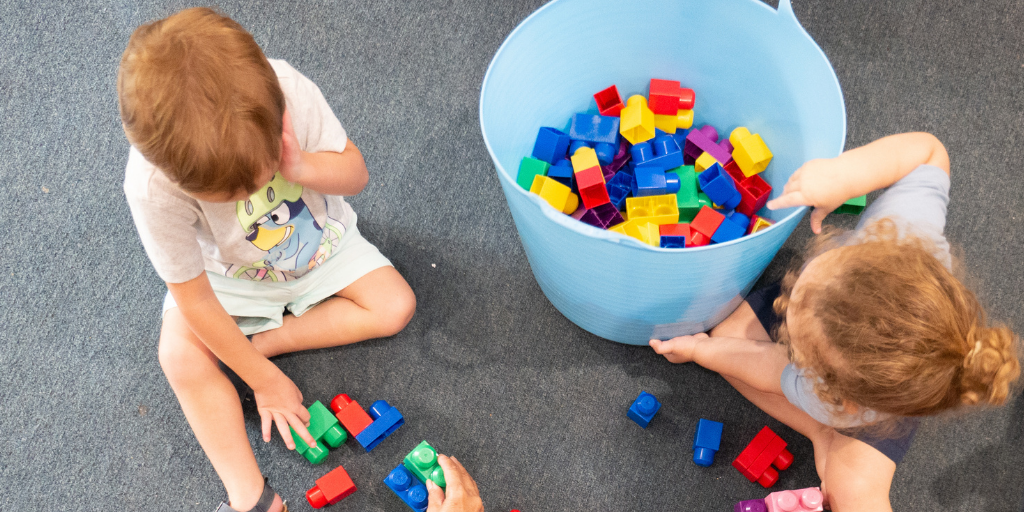As your child is growing day by day, it is important to let your children play with other children to build on foundational social skills.
Letting your children play with each other is a major development during their early years of life. Not only does it develop social skills, but it also teaches children how to manage their behaviours, emotions and stimulate the power of imagination, curiosity, and creativity. This enables children to know how to play cooperatively, be considerate of other people’s feelings, and interact with others without conflict.
Here’s a quick guide on how to encourage children to play with each other. We promise you that it provides extensive benefits that follow your children into their adulthood.
Collaborative Art Projects
Doing simple creative tasks such as painting each other to creating a collage is an excellent tactic for children to work together in developing composition. This allows children to help other kids assign tasks to each other, building on their interaction skills.
Playdate Arrangements
Arranging playdates between kids will promote a positive experience and increase their likeliness of wanting to play again. Plan activities and games children both enjoy making the session more comfortable, feel good about themselves and be more at ease with one another.
Building Activities
Allowing kids to build Legos, blocks, and other objects together will teach children how to play cooperatively by talking through the process together. This not only benefits their communication and team solving problems but develops their collaborative motor skills.
Role-Playing
By letting children dress up for roleplay and improvise stories, they will learn how to build on managing emotions with other children, build on confidence and stimulate their power of imagination and creativity as a team.
Follow the Leader
In a classroom setting, designate one leader who they are to follow around every few minutes. These actions can be as simple as arm gestures, jumping, hopping, or body movements. This simple game assists children in developing interactions with each other, taking turns and building on listening skills.
YOU MIGHT ALSO LIKE TO READ:
What Your Child Should Be Eating for Their Age
A healthy diet is more than the food a child consumes; it is also about staying active. However, the two go hand in hand. Your child should be eating the right foods that balance the energy they use doing physical activities. – READ MORE






